The thought alone sends shivers down your spine. You’ve checked your mattress, inspected every crevice of your bed frame, and even pulled apart your box spring looking for those telltale brown stains and tiny black specks. But what if I told you that bed bugs might be throwing you a curveball? These crafty little bloodsuckers aren’t always where you’d expect them to be. Sometimes they’re lurking in the most overlooked places in your home, and baseboards are prime real estate for these unwanted tenants.
Why Baseboards Make Perfect Bed Bug Hideouts
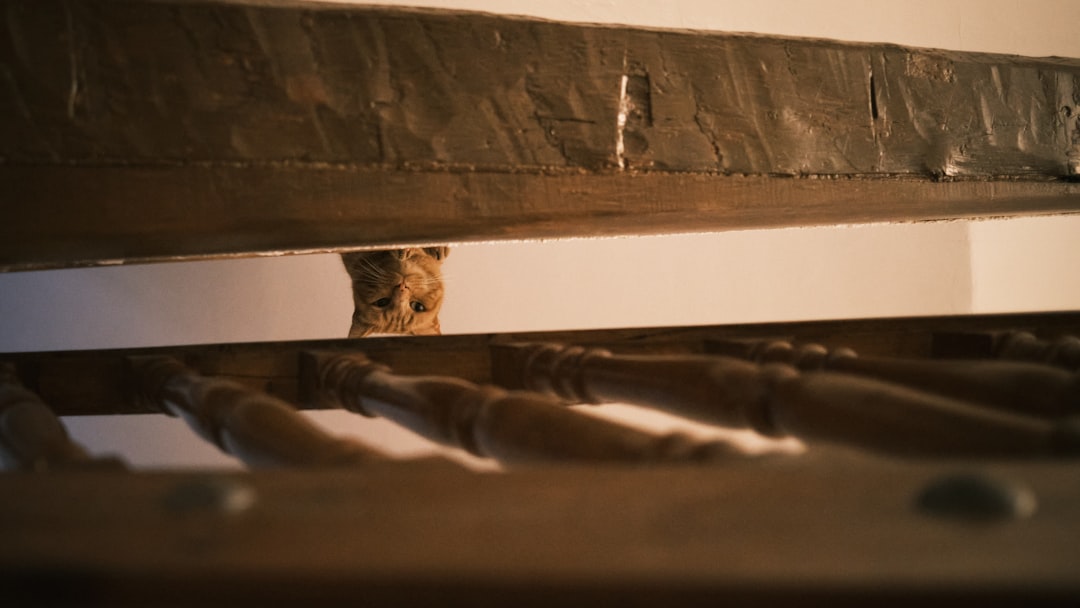
Baseboards offer everything a bed bug could want in a hiding spot. The narrow gap between the baseboard and the wall creates a protected environment that’s dark, undisturbed, and close enough to their food source – you. Think of it like a studio apartment for bed bugs, complete with easy access to their favorite restaurant.
These gaps also provide the perfect microclimate for bed bugs to thrive. The temperature remains relatively stable, and there’s enough space for them to move around without being detected. Unlike other hiding spots that might get disturbed during regular cleaning, baseboards are often ignored during routine housekeeping.
The Science Behind Bed Bug Hiding Behavior
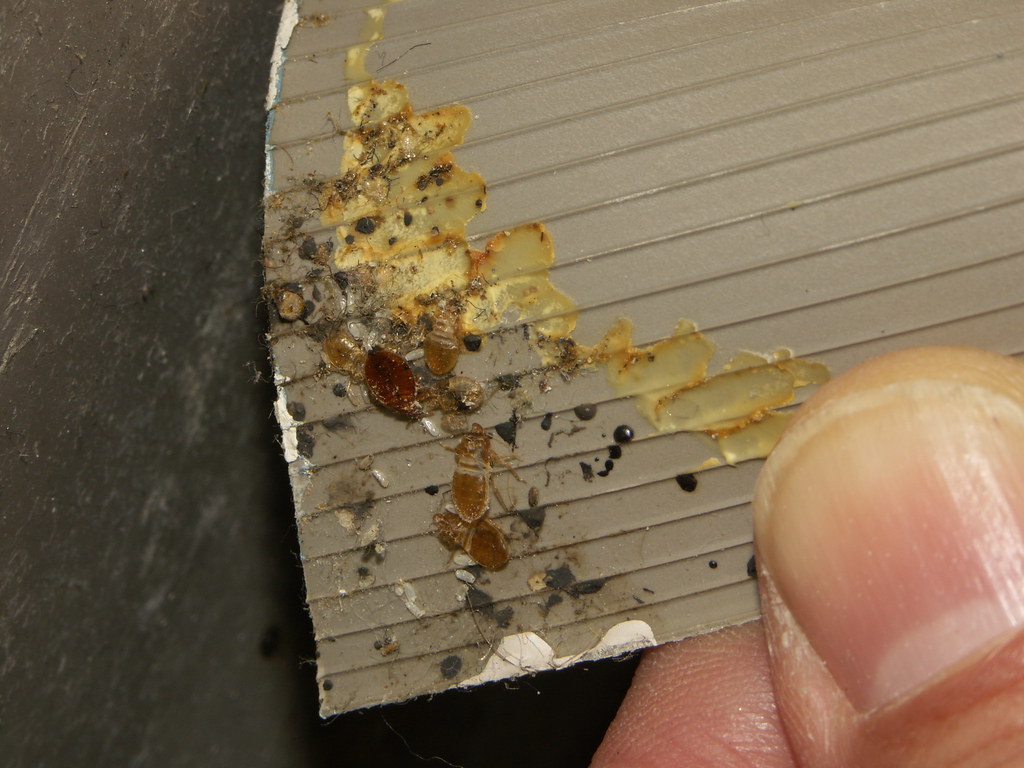
Bed bugs are masters of thigmotaxis, which is basically their fancy way of saying they love tight, enclosed spaces. This behavior stems from millions of years of evolution, where bugs that could wedge themselves into cracks and crevices had better survival rates. The pressure they feel from being squeezed into small spaces actually makes them feel secure.
Research has shown that bed bugs prefer hiding spots that are between 0.5 to 2 millimeters wide – about the thickness of a credit card. Most baseboards have gaps that fall perfectly within this range, making them irresistible to these pests. They’re essentially built-in bed bug motels.
How Bed Bugs Actually Get Into Your Baseboards
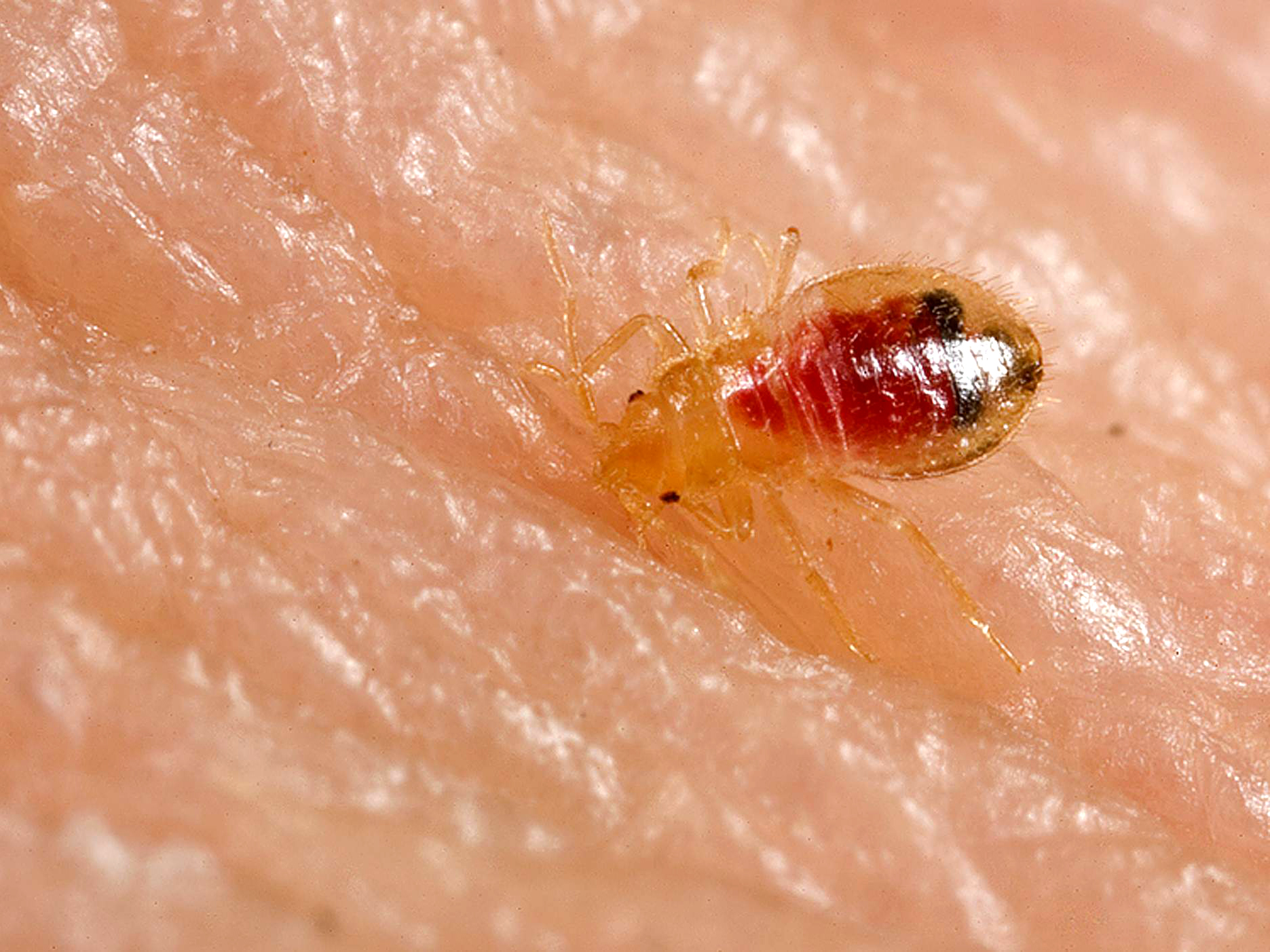
The journey from your bed to your baseboards isn’t as straightforward as you might think. Bed bugs are surprisingly athletic little creatures, capable of crawling several feet in search of the perfect hiding spot. They often start their migration after a blood meal, when they’re looking for a safe place to digest their feast.
Sometimes they’re following pheromone trails left by other bed bugs, like breadcrumbs leading to a secret hideout. Other times, they’re simply exploring new territory when their current hiding spots become overcrowded. It’s like when your favorite coffee shop gets too packed, and you start looking for a quieter alternative.
Warning Signs Your Baseboards Are Bug Hotels
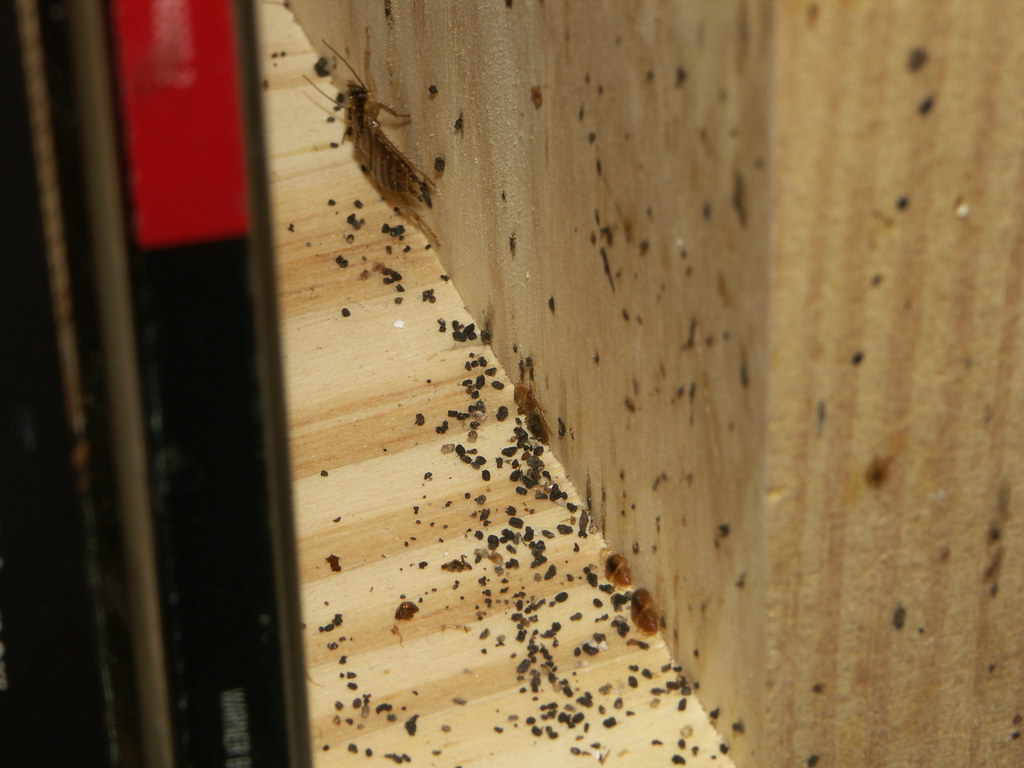
The evidence isn’t always obvious, but there are telltale signs that bed bugs have set up shop in your baseboards. Dark spots or stains along the baseboard edges are often the first clue – these are bed bug fecal spots that look like someone dotted the area with a fine-tip marker.
You might also notice a sweet, musty odor near affected baseboards, especially in rooms where infestations are heavy. This scent comes from the bed bugs’ scent glands and can be quite distinctive once you know what to look for. Small blood spots on the wall just above the baseboard are another red flag, often left behind when engorged bed bugs are accidentally crushed.
The Bedroom Isn’t the Only Target
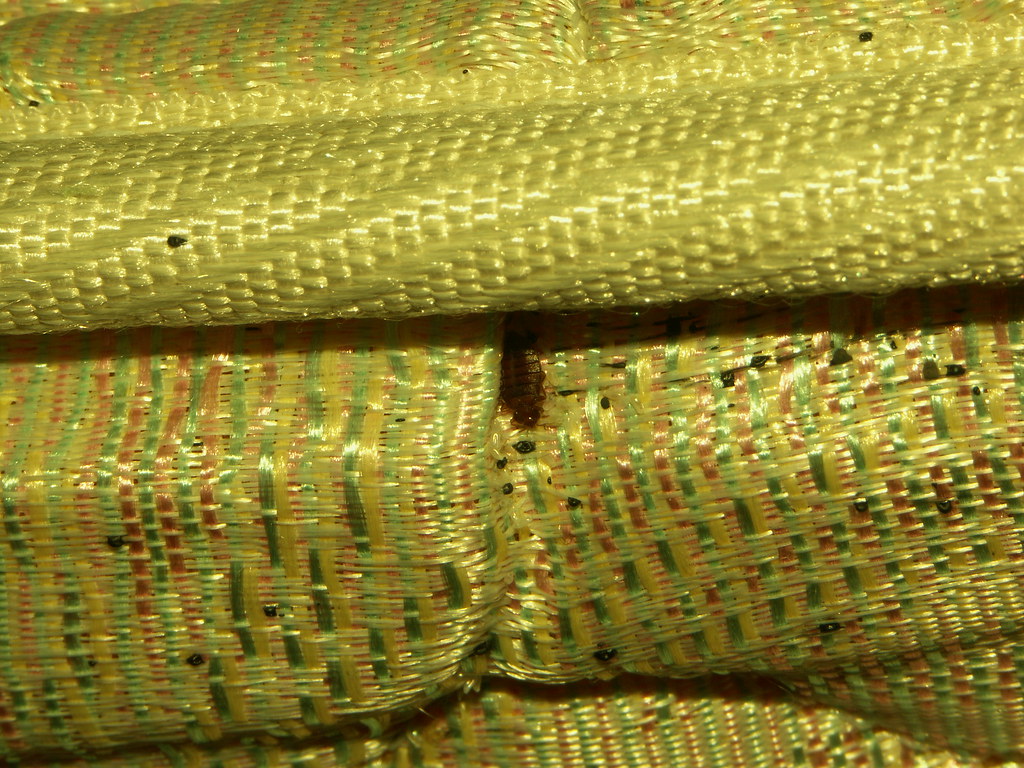
While bed bugs got their name from their preference for bedrooms, they’re not picky about real estate. Living room baseboards, especially near couches and recliners where people spend significant time, are prime locations. These bugs are opportunists, and they’ll set up camp wherever they can get regular access to human blood.
Home offices and guest rooms are also common targets, particularly if someone occasionally naps on a couch or chair in these spaces. Even hallway baseboards can become infested if they’re along the path bed bugs take when moving between rooms. It’s like they’re creating their own highway system throughout your home.
Why Traditional Treatments Often Miss Baseboard Infestations
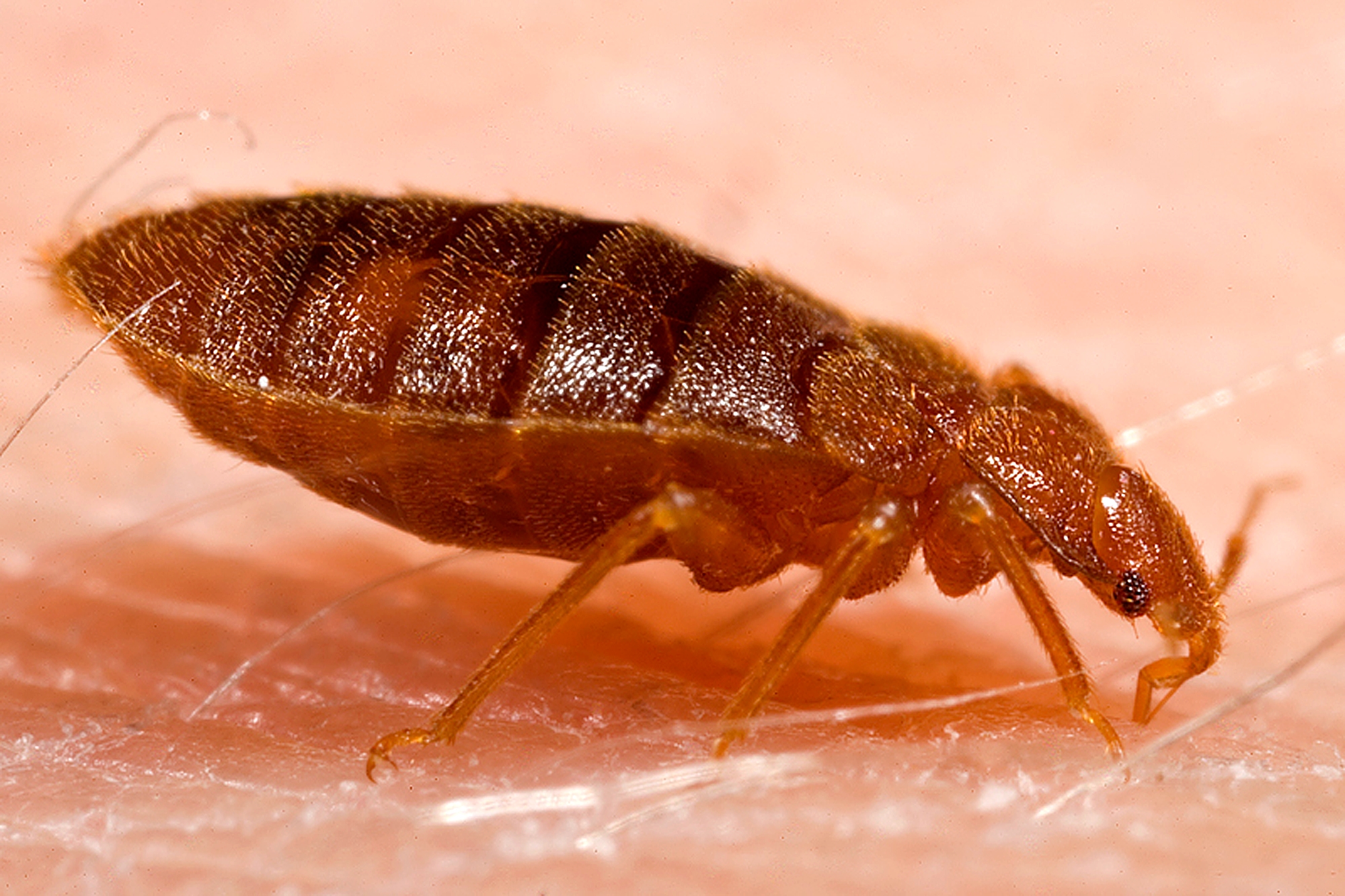
Note: Not all PHIL images are public domain; be sure to check copyright status and credit authors and content providers.
العربية | Deutsch | English | македонски | slovenščina | +/−, Public domain, https://commons.wikimedia.org/w/index.php?curid=2119251)
Many homeowners and even some pest control professionals focus primarily on beds and furniture, leaving baseboards largely untreated. This oversight can be costly because bed bugs hiding in baseboards can easily repopulate treated areas. It’s like trying to empty a bathtub while the faucet is still running.
The gaps behind baseboards are also difficult to reach with standard sprays and powders. Even when treatments are applied, they might not penetrate deeply enough to reach bed bugs hiding in the furthest recesses. This is why understanding their hiding behavior is crucial for effective treatment.
The Cracks You Can’t See Are the Most Dangerous

What makes baseboard infestations particularly tricky is that many of the hiding spots are completely invisible to the naked eye. Bed bugs can squeeze into gaps as thin as a business card, and these spaces often exist behind the visible portion of the baseboard. They’re essentially living in the walls of your home.
Settling foundations, temperature changes, and normal wear and tear can create these microscopic highways over time. Your home might look perfectly sealed, but bed bugs can find entry points that you’d never even consider. It’s like having a secret passage system that only they know about.
Heat Treatment vs Chemical Approaches for Baseboards
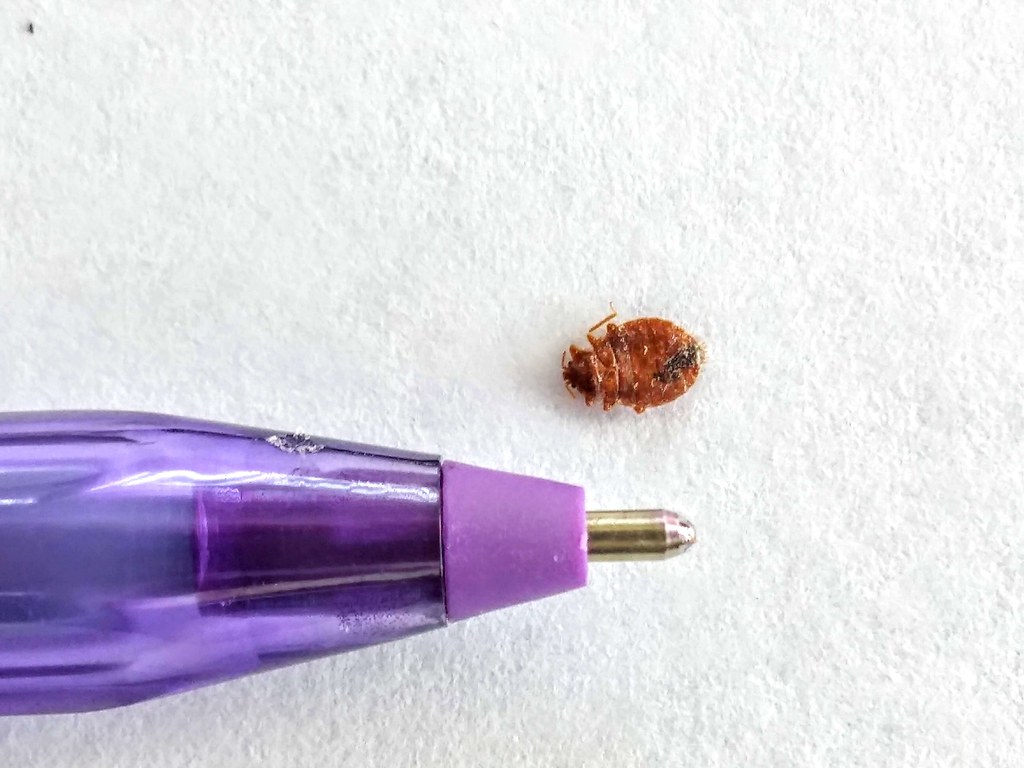
When it comes to treating baseboard infestations, heat treatment often proves more effective than chemical sprays. Bed bugs can’t develop resistance to heat, and it penetrates into those hard-to-reach cracks and crevices where chemicals might not reach. Professional heat treatments can raise room temperatures to levels that are lethal to bed bugs at all life stages.
However, heat treatment requires specialized equipment and expertise, making it more expensive than chemical options. Chemical treatments can be effective when applied correctly, but they often require multiple applications and may not reach deeply hidden bed bugs. The choice often comes down to budget, severity of infestation, and personal preference.
DIY Detection Methods That Actually Work
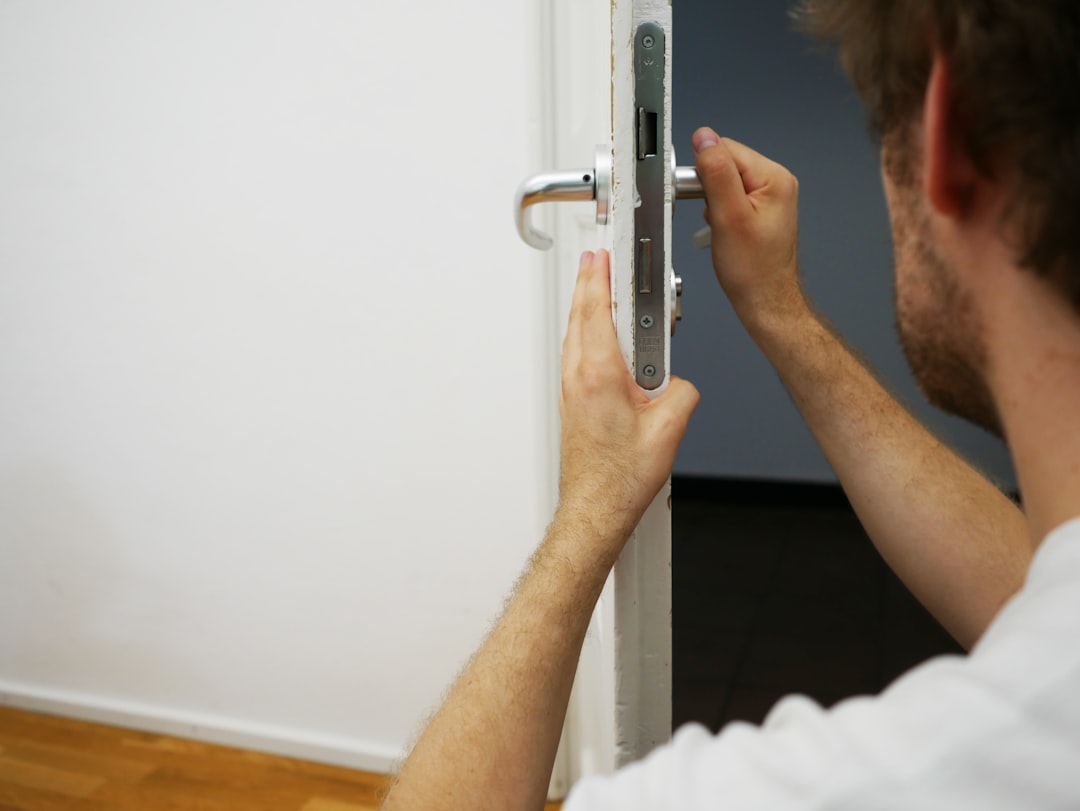
Before calling in the professionals, there are several ways to investigate your baseboards for bed bug activity. A simple flashlight inspection can reveal dark spots, shed skins, or even live bugs if you know where to look. Focus on corners, joints, and areas where the baseboard meets the wall.
Double-sided tape placed along baseboards can catch bed bugs as they move between hiding spots and feeding areas. This method works particularly well overnight when bed bugs are most active. You can also use a credit card or putty knife to gently probe gaps and cracks, though be careful not to damage your walls or baseboards.
Professional Inspection Techniques
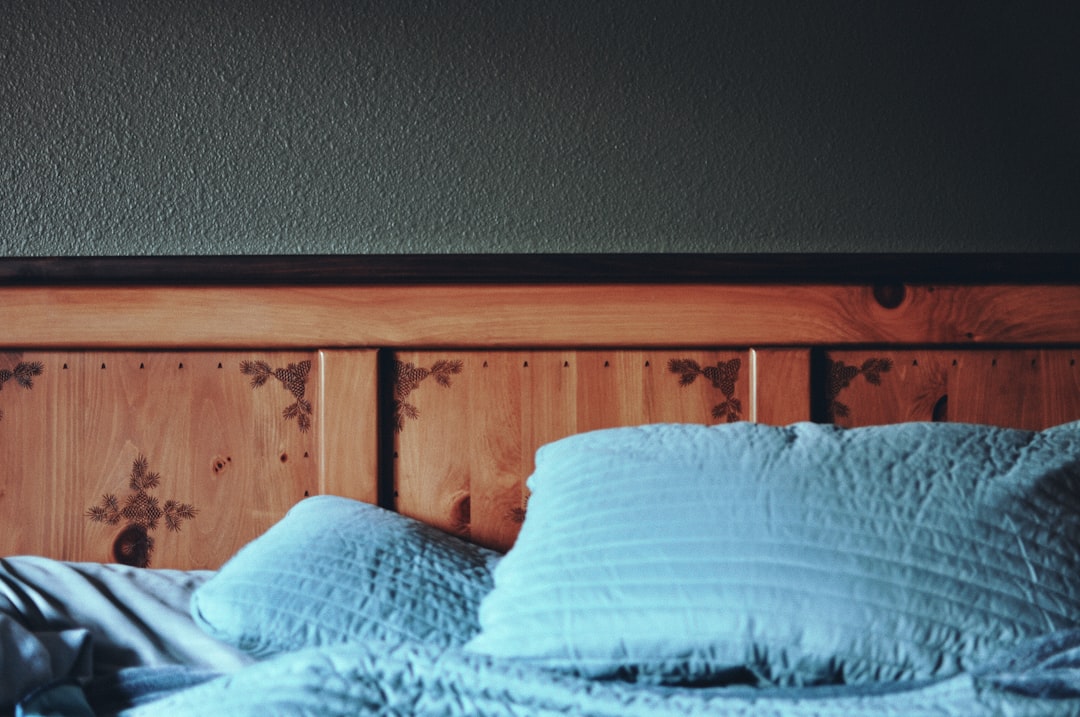
Pest control professionals use specialized tools that go far beyond basic visual inspection. Bed bug detection dogs, for instance, can sniff out infestations with remarkable accuracy, including those hidden deep within baseboard gaps. These dogs are trained to detect the specific scent of living bed bugs and their eggs.
Thermal imaging cameras can also reveal bed bug activity by detecting the heat signatures of bug clusters hiding within walls. Some professionals use CO2 monitors, since bed bugs are attracted to carbon dioxide from human breathing. These high-tech approaches can identify infestations that might otherwise go undetected for months.
Prevention Strategies That Target Baseboards
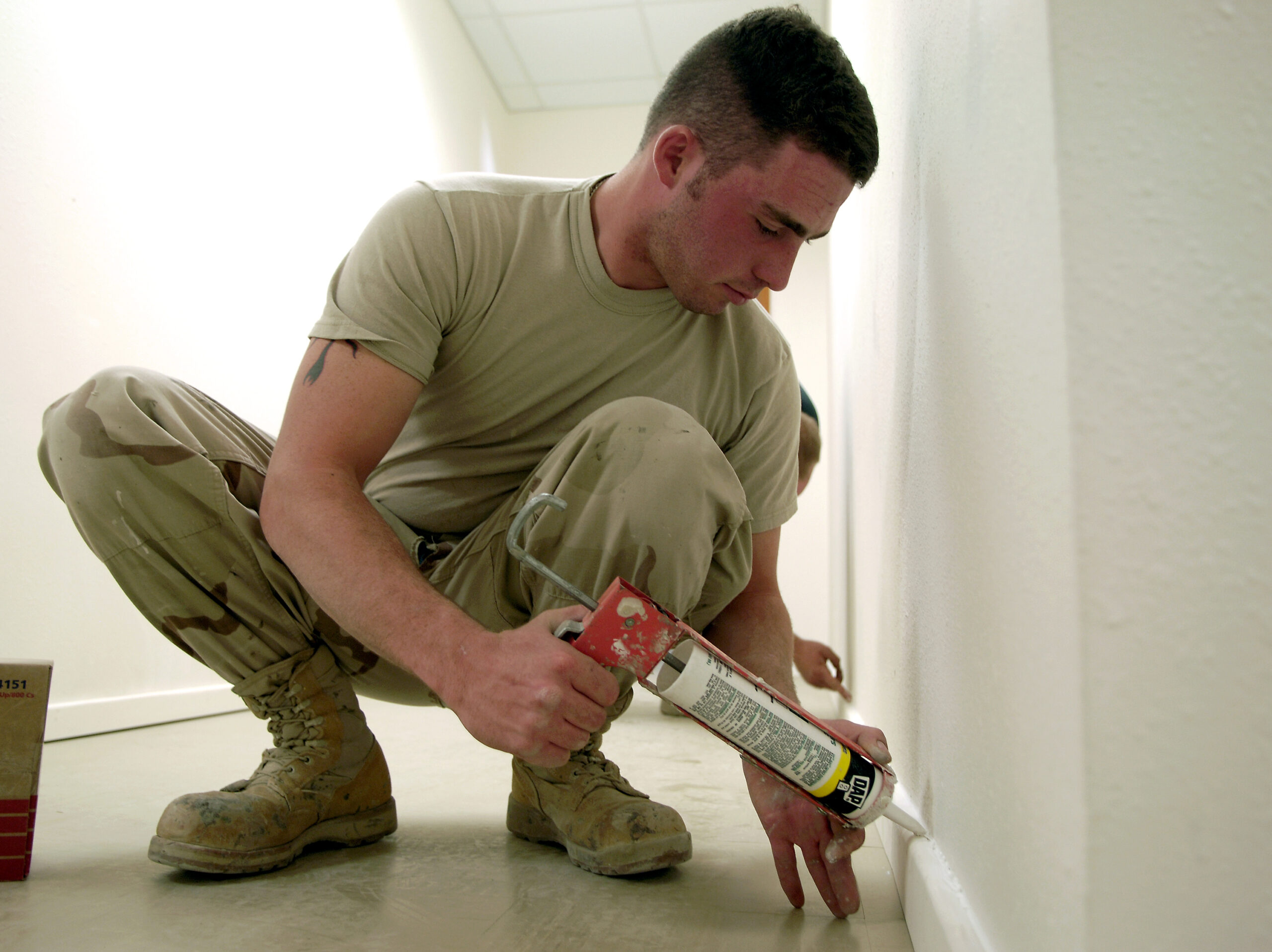
Preventing bed bugs from establishing themselves in your baseboards starts with eliminating their entry points. Caulking gaps and cracks along baseboards removes their hiding spots and makes your home less attractive to these pests. It’s like closing the door on uninvited guests.
Regular vacuuming along baseboards can also help by removing bed bugs, eggs, and debris that might attract them. Pay special attention to corners and areas where furniture meets the wall. Installing baseboard covers or using expandable foam in larger gaps can provide additional protection, though these solutions work best as preventive measures rather than treatment for existing infestations.
When to Call in the Professionals
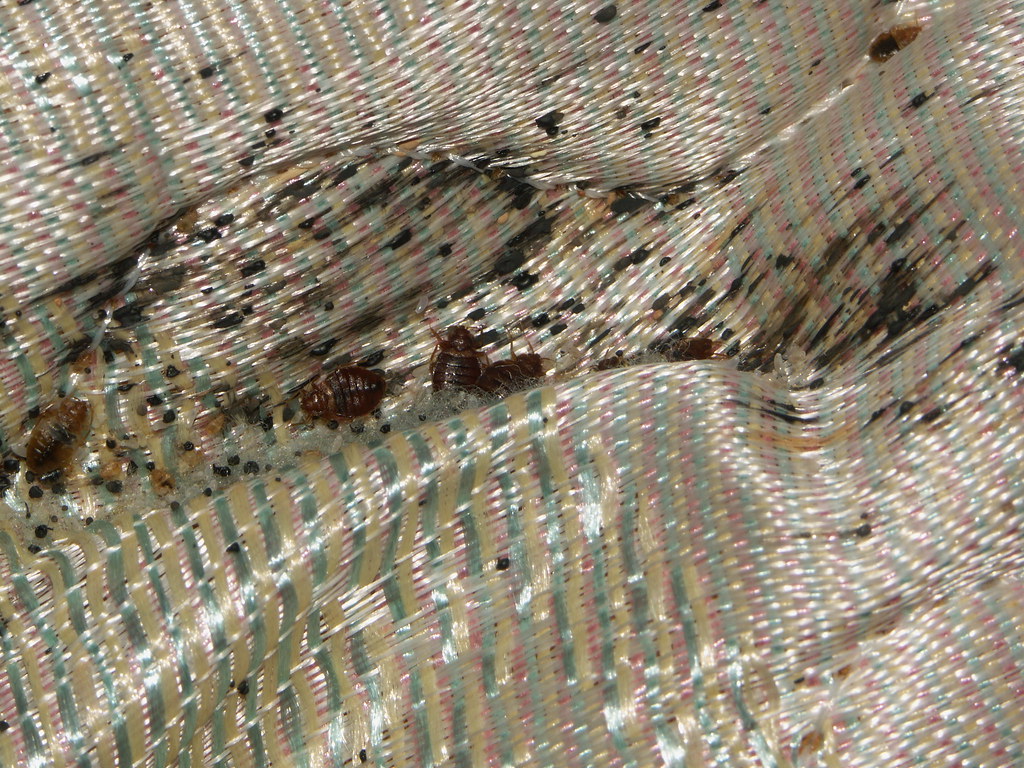
While DIY methods can be effective for minor infestations, baseboard bed bug problems often require professional intervention. The hidden nature of these infestations means that incomplete treatment can lead to rapid recolonization. It’s like trying to treat an infection with only half a dose of antibiotics.
Professional pest control operators have access to specialized equipment and treatments that aren’t available to consumers. They also understand bed bug behavior patterns and can identify all potential hiding spots, not just the obvious ones. If you’ve found evidence of bed bugs in your baseboards, it’s usually worth the investment to have a professional assessment.
The Long-Term Impact of Baseboard Infestations
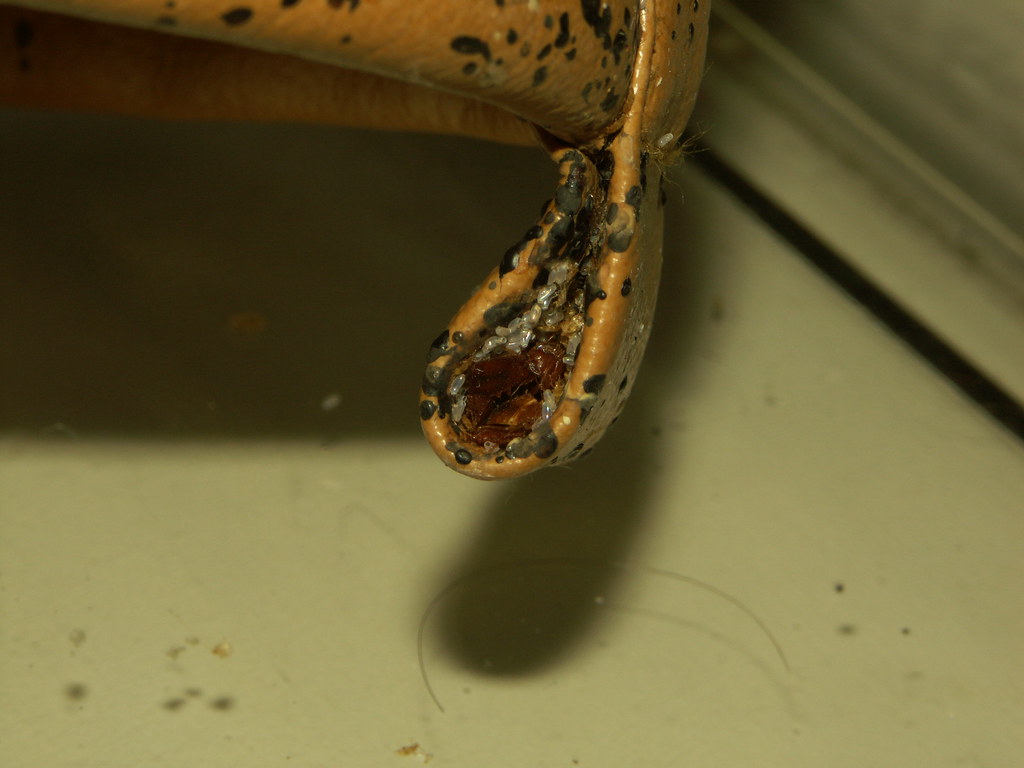
Ignoring bed bugs in baseboards can have serious consequences beyond just the immediate annoyance. These hidden populations can serve as launching pads for infestations in other areas of your home. They’re like bed bug seed banks, ready to repopulate treated areas once conditions are right.
The psychological impact shouldn’t be underestimated either. Knowing that bed bugs might be hiding in your walls can make it difficult to feel comfortable in your own home. Sleep quality often suffers, and the stress of dealing with an ongoing infestation can affect your health and well-being. Early detection and treatment of baseboard infestations can prevent these problems from escalating.
Conclusion
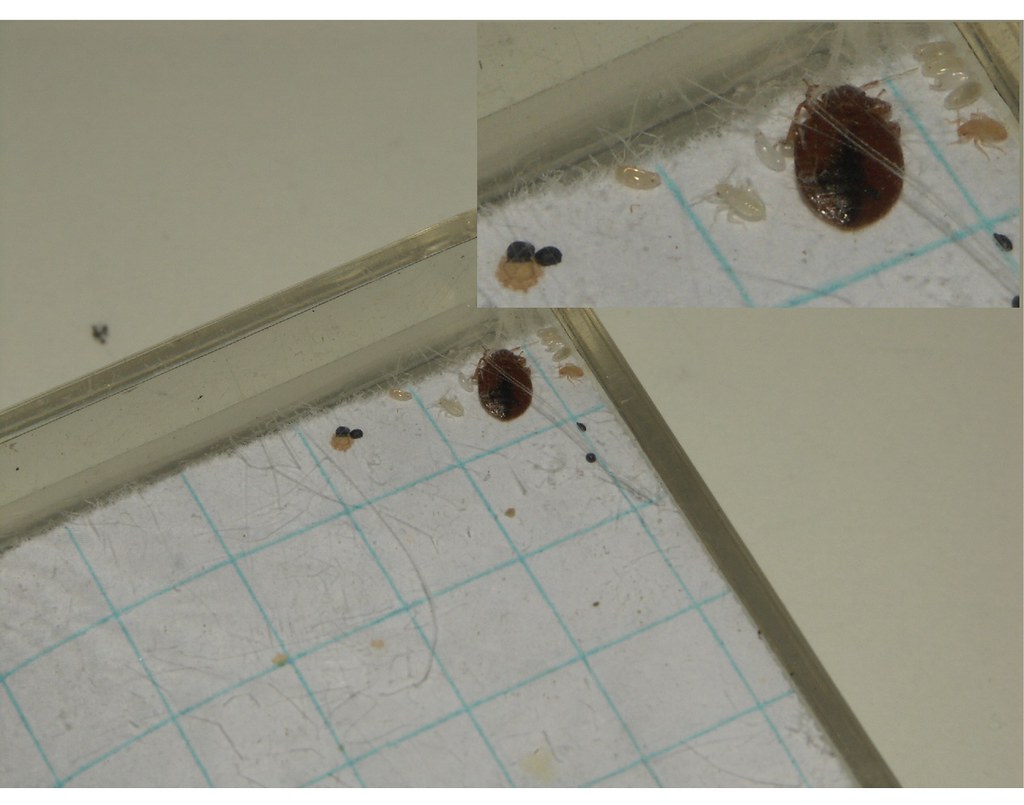
Bed bugs in baseboards represent one of the most overlooked aspects of pest control, yet they can be the key to solving persistent infestations. These hidden populations often serve as the source of recurring problems, making it essential to think beyond traditional hiding spots when dealing with bed bug issues. Understanding their behavior, knowing what signs to look for, and taking appropriate action can save you months of frustration and potentially thousands of dollars in treatment costs.
The next time you’re checking for bed bugs, don’t forget to look down at those baseboards. They might just be harboring the answers to your bed bug mystery. Have you ever thought to check your baseboards for these crafty little invaders?

